Overview of mineral wool mats and their areas of application

Mineral wool is a building material with a fibrous structure made from inorganic raw materials. These products are available in several versions, one of which is mats. It is customary to use piercing material in construction, energy and other branches of human life.
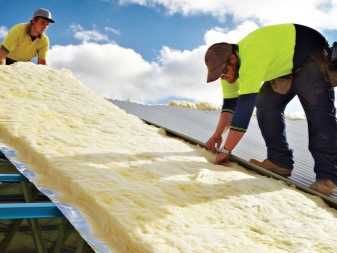
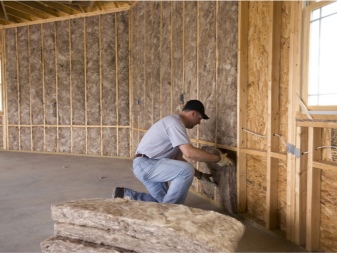
Peculiarities
Mineral wool mats are products that consist of a large number of fibers that are intertwined with each other, as a result, they form a structure that retains air. The presence of an air gap in the material contributes to its high thermal insulation capabilities. On sale you can find stitched mats of different sizes, with different density indicators, as well as the thickness and version of the substrate.
Mineral wool products are characterized by a flexible structure, so they are convenient to use when working with pipes and other configurations. The main feature of the material can be considered its thermal insulation qualities.

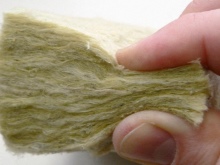
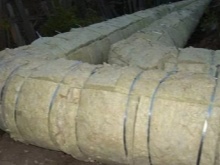
In addition, users note the following benefits of mineral wool:
- high thermal stability;
- low thermal conductivity;
- good noise absorption;
- long service life;
- chemical resistance;
- safety in relation to humans and animals;
- fire resistance;
- ease of use and handling.
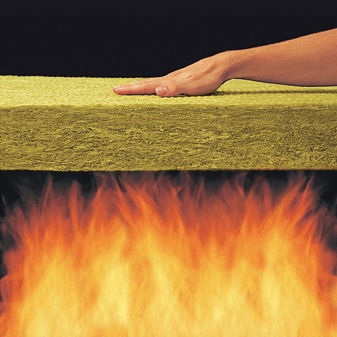
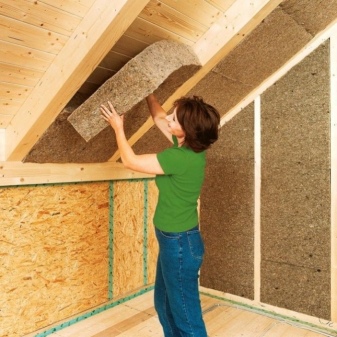
There are few disadvantages of mineral wool: among them, one can distinguish hygroscopicity, the ability to release formaldehyde during heating. In addition, small fibers that can enter the eyes and nose are considered harmful. The production of mats is carried out using a single technology using non-combustible components. For the smelting of raw materials, a cupola or a smelting furnace with a temperature regime of +1500 degrees Celsius is used.
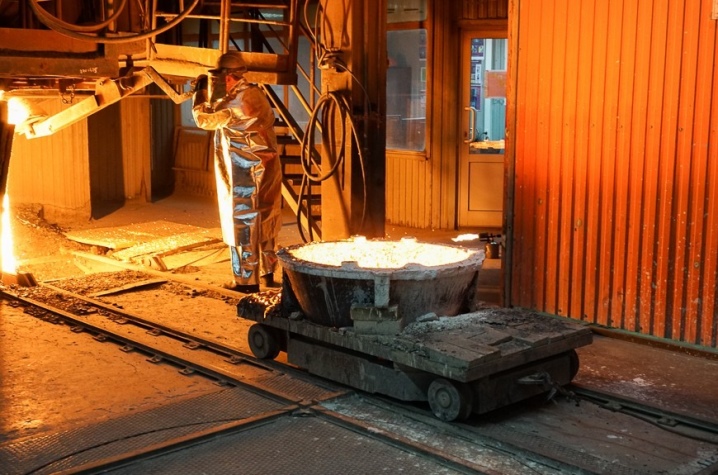
The next step in the production of mineral wool is the drawing of fibers with a given thickness. This stage of manufacturing involves the use of various technological processes and equipment. At the end of the procedure, all fine fibers settle. Further, the manufacturer uses lamellae and corrugating units to form a specific volume of the product.
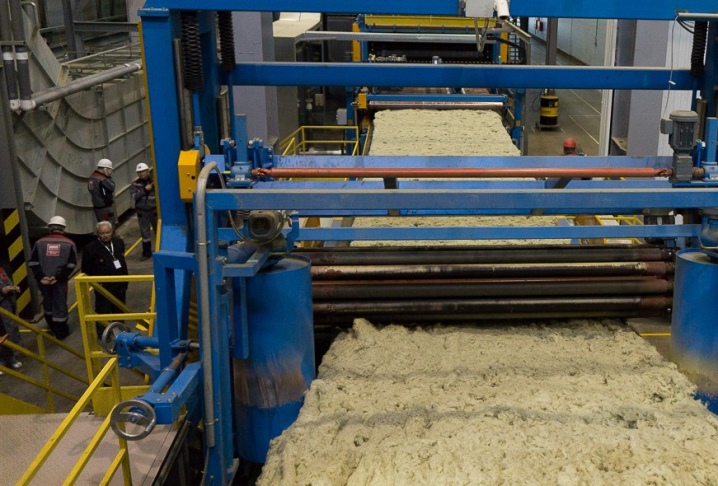
Fibers are attached to the formed carpet using special binding mixtures, for example, formaldehyde resin. To polymerize the mineral wool mat and shape it, a special camera is used. The final stage of work is heat treatment of the material.
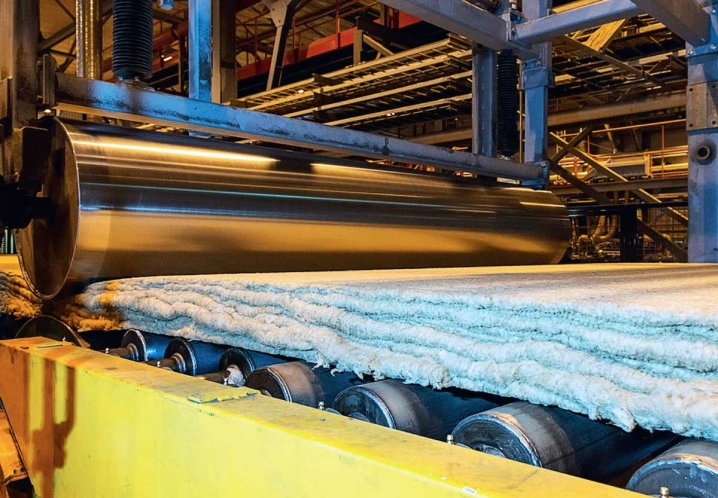
Primary requirements
The production of stitched mineral wool mats for thermal insulation is regulated by GOST 21880-2011. In this case, the fulfillment of a number of requirements must be observed.
-
Product parameters and dimensions. The certificate of conformity for mineral wool products indicates that the mats can have grades 35, 50, 75, 100 and 125. The permissible operating temperature is considered to be from 300 to 700 degrees Celsius above zero. There should be no deviations in product sizes that exceed 3%. Sewing of mineral wool mats is done using a continuous seam, the step should be from 7 to 12 cm.The gap between adjacent seams can be less than 10 cm.
- Safety indicators. The release of harmful substances into the environment by mineral wool should not exceed the norm. Since this material is capable of emitting formaldehyde and its compounds, special protective equipment must be worn in the manufacture of mats.
- Characteristics of mats. The density of products can be from 25 to 125 kg / m3. The thermal conductivity of the material should be as follows:
- at a temperature of 10 degrees Celsius - from 0.04 to 0.036 W / (m * K);
- at a temperature of 25 degrees Celsius - from 0.042 to 0.038 W / (m * K);
- at a temperature of 125 degrees Celsius - no more than 0.05 W / (m * K);
- at a temperature of 300 degrees Celsius - no more than 0.12 W / (m * K).
To all other, in the manufacture of mineral wool, the humidity is controlled not more than 1% and the breaking load is not less than 120 N. Compliance with all of the above indicators guarantees a low level of thermal conductivity of mineral wool mats and a long service life. The manufacturer must also package the product to ensure safe transport and label it as required.
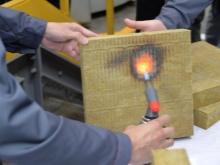
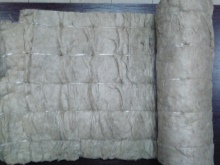
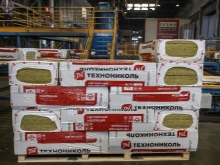
Description of species
A large number of materials are produced from mineral wool. On sale you can find foil products, mats on a synthetic binder, lamellas, foil-laminated, as well as in lining.
Glass wool
Glass wool is a material in demand for construction, which is characterized by a fibrous structure and an affordable price. Glass wool is produced from recycled materials in the form of glass breakage and all kinds of additives. It is characterized by low thermal conductivity and vibration damping properties. There are never any problems in the transportation of raw materials.
Glass wool is characterized by its softness, so it is ideal for insulating unloaded structures. For the purpose of ventilating facades, manufacturers produce a semi-rigid type of mineral wool. Products with a cylindrical shape are used during pipeline insulation.
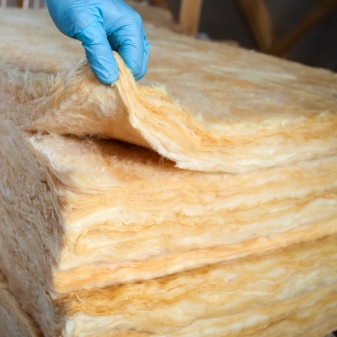
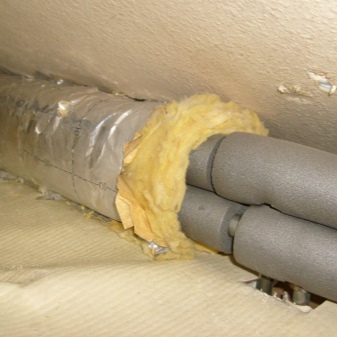
Stone wool
The production of stone and basalt wool is carried out on the basis of basalt, dolomite and limestone rocks. This type of insulation is characterized by high efficiency and low thermal conductivity. Stone wool is characterized by resistance to mechanical stress and vibrations. The material is non-flammable, it has a low moisture absorption rate.
Basalt wool is a versatile heat insulator that can be coated with any type of coating. In addition, the product is characterized by good sound insulation.
The curly-shaped view has found its application during the protection of pipelines. Stone wool is often fitted with a fiberglass or foil backing. To increase the strength of mineral wool mats, craftsmen sew them with a special thread or wire.
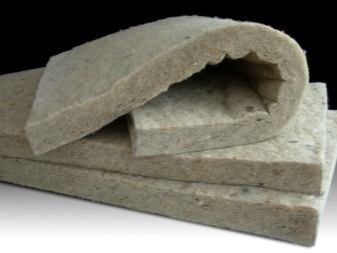

Slag
During the production of slag wool, blast furnace slag is used. The material has high thermal conductivity and is capable of absorbing moisture. Slag wool is resistant to vibration, however, other, more modern products are often used instead.
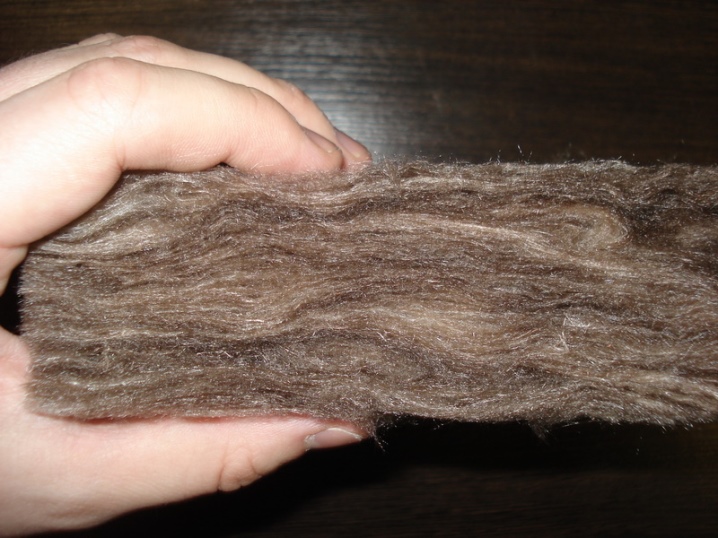
Density
According to the density, mineral wool mats are divided into several grades.
- M-125 are soft mats with a specific gravity of 85 kg / cubic meter. m. The material is characterized by low tensile characteristics and high compressibility.
- MP-100. This brand of insulation is characterized by a density of 90 to 100 kg / cu. m. The mats have significant strength, so they can withstand an average tensile load.
- M-75 is the material with the highest density. The latter is usually up to 135 kg / cu. m. Such mats are characterized by good tensile strength.
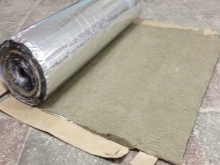
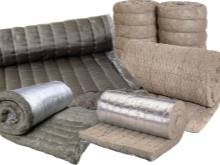

Dimensions and weight
Each brand of mineral wool in a roll or mat has its own weight, often from 37 to 45 kg. During installation and further use of the material, the weight of 1 m3 of the mat does not play any role. Of the characteristics that are responsible for retaining heat and preventing the penetration of liquid, the thickness of the material and the technology of its production are responsible.
Mineral wool in mats is sold in many sizes, so the consumer can choose the best option for solving his problem. A product with a thickness of 50 mm is in great demand, usually such a mat has dimensions of 5000x1200x50 mm. The most popular material is considered to be 1000x500 mm in size.Mats, the thickness of which is from 150 to 200 mm, are produced with a large width equal to 600 mm.
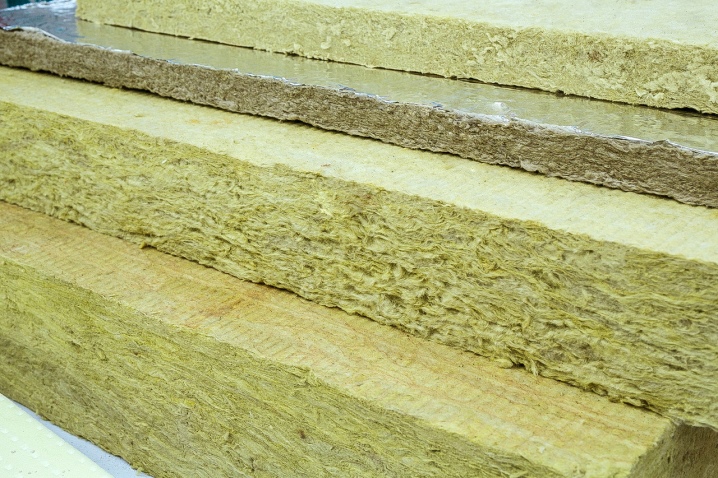
Popular manufacturers
Thermal insulation material from mineral wool is produced by many manufacturers. The most popular of them include several companies.
- Rockwool is a Danish company, which is recognized as the leader in the production of mineral wool. Many craftsmen have already appreciated the high quality and affordable cost of the products of this manufacturer. Rockwool mats are characterized by environmental friendliness, fire safety, good sound absorption and long service life.
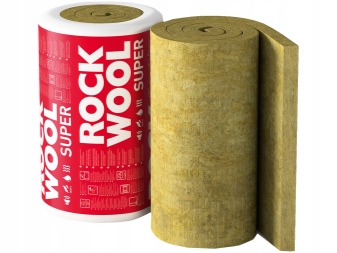

- Knauf is a German brand, which produces a wide range of heaters. Mineral wool from this company is considered to be quite in demand at the present time. The advantages of mats include ease of installation, low weight, no crumbling, fire safety. The material has one drawback - it can prick hands and irritate the respiratory organs.
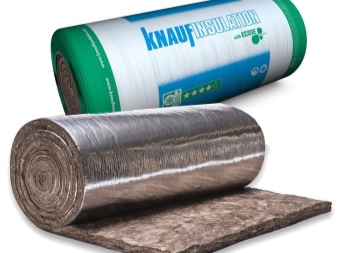

- Isover. Through the use of these products, consumers have the opportunity to create an environmentally friendly insulating layer. The product has good elasticity and high strength. No dust or unpleasant odors are observed during the laying of the material.
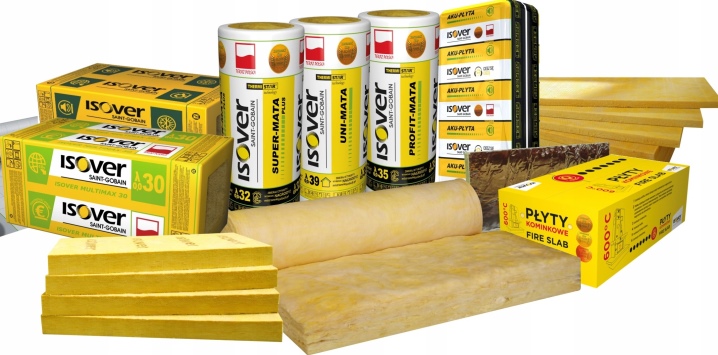
- "Teploroll" produces natural mineral wool in mats, which is characterized by a reduced density. The latter usually does not exceed 30 kg / m3. The high-quality material of this production has found its application in the arrangement of roofs and attics.
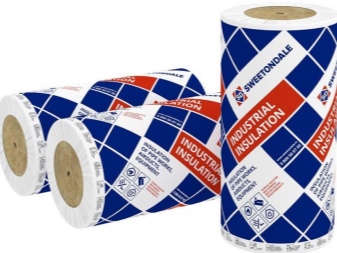

Applications
The heat-insulating and fire-resistant characteristics of mineral wool mats allow them to be used as a stitched insulation in private and industrial construction. Besides, the material has found its application in the automotive and aircraft construction, as well as in the food industry when laying fibrous, cylindrical, rounded surfaces such as pipes, air ducts, steam lines. With the help of mineral wool, they cover turbines, boilers, dryers, steam generators, cooling chambers.
With the help of mineral wool mat, it became possible to implement modern technologies for the device of wall insulation with materials, as well as insulation of pipelines. Often this material is used in the construction of a rear one with a small number of floors, in this case it is simply indispensable for the construction of partitions, attics, baths and saunas.
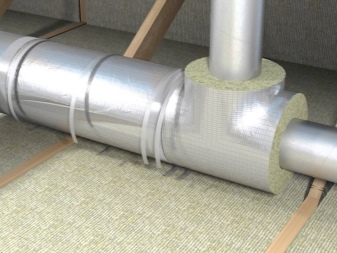














The comment was sent successfully.